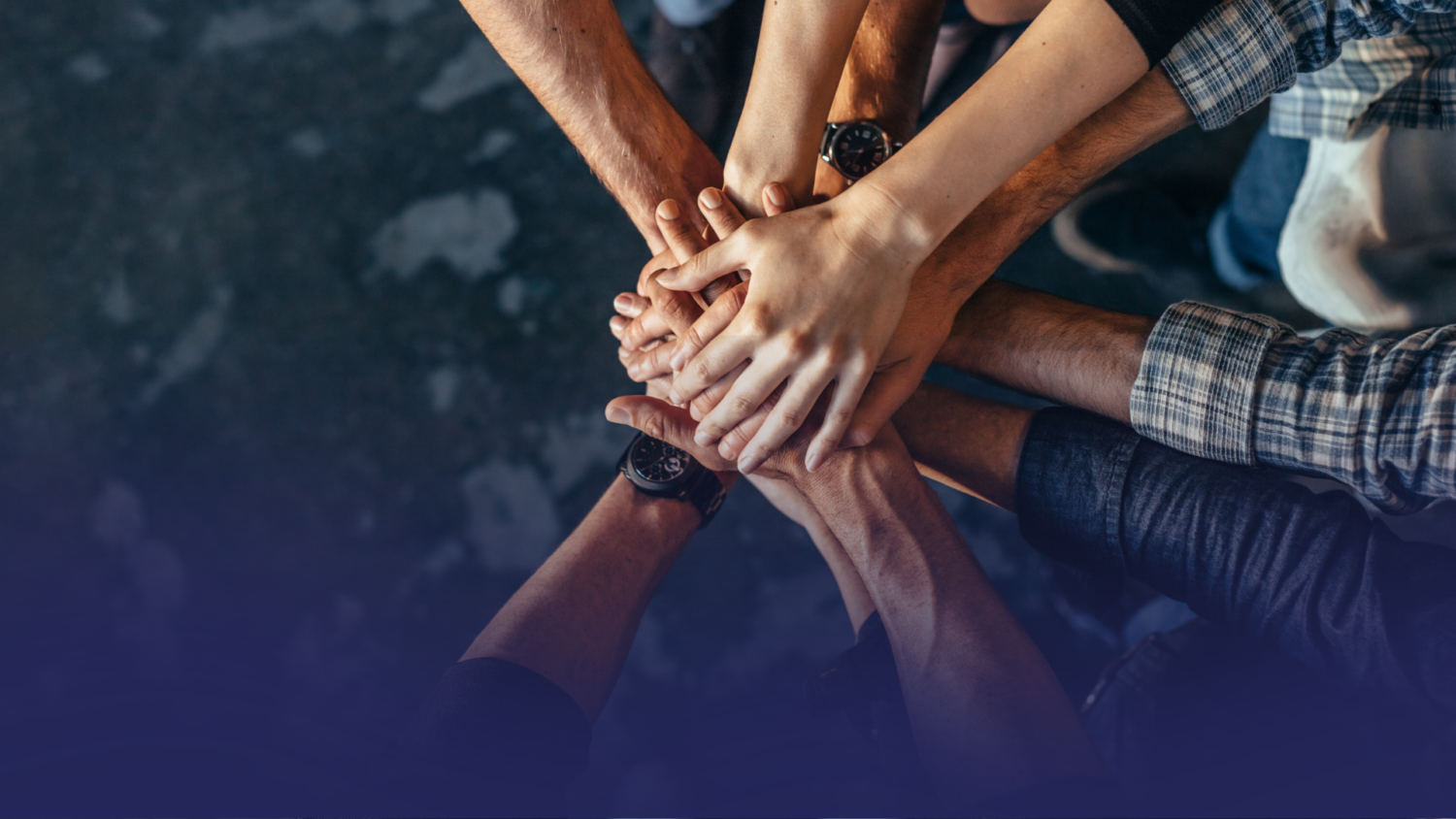3 Tips to Lead for Unity, Not Division

We live in a time when division is easy, and unity is rare. It is tempting to pick a side, draw a line, and fight the person on the other side of it.
But the real fight is not with our neighbors. It is not between people who vote differently, live differently, or pray differently. The real fight is against the systems and challenges that hold all of us back: a broken education pipeline, economic barriers, communities struggling with disconnection. If we truly live in the same house, then we need to stop tearing each other down and start building something better, together.
Unity is not just a moral imperative. It is a business case. It is a national security case. It is an economic necessity. When we are divided by race, class, religion, politics, or geography, we fail to act collectively on the issues that harm us all. Inaction leads to uncertainty, and that uncertainty limits opportunity for all and ultimately makes our communities less safe.
From Division to Opportunity
This disconnection shows up in our prisons. It shows up in dropout rates, unemployment numbers, and headlines about violence. When people are cut off from opportunity, they are more likely to be incarcerated. And when we choose not to address these root causes together, we all live with the consequences.
When I served in the U.S. Air Force as a Judge Advocate General Corps and later as an Assistant United States Attorney, I saw firsthand that we could not jail our way out of these issues. In my work leading anti-recidivism efforts at the Department of Justice, I witnessed how education and employment were the greatest predictors of whether someone would reoffend. And later, helping launch programs at Chick-fil-A for those left behind economically and socially, I came to understand something simple: leadership is not about position. It is about responsibility.
And we all have a role to play.
Building The Same House Together
Today, I serve my community in Atlanta and beyond through The Same House. To us, real leadership means bringing people together to solve problems, not pointing fingers to score points. It means recognizing that our justice system is downstream from our education system, and that if we want fewer people behind bars, we need more people in communities that care about their future.
So, how do we both lead and fight together?
Here are a few ways to start:
- Lead Where You Are: You do not have to be in a formal leadership position to make an impact. Leadership can happen at the dinner table, in the classroom, in the office, or from a pew on Sunday morning. It is choosing to act with integrity when no one is watching. Every time you choose to lead with compassion, to challenge injustice, or to create space for others, you are setting the tone for what is possible.
- Grab Someone by the Hand: Bring others with you. Leadership is not a solo act. It is not just about reaching your own goals, but about making sure others can reach theirs too. Every leader was once someone who needed a helping hand. Look for the pain points in your community and use those as starting places for connection, empathy, and action.
- Speak for Those Who Cannot: Silence in the face of injustice only strengthens the status quo. I think of Rosa Parks, who once said: “The only tired I was, was tired of giving in.” Every turning point in history began with someone who refused to accept the status quo. You may not see yourself as powerful, but your voice matters. Speaking up is rarely easy, but it is always necessary. Leadership means recognizing when someone else’s pain needs your voice and choosing to be brave enough to speak anyway.
Unity is the Foundation
We need more people willing to fight the real fight. Not against each other, but against the barriers that keep us from building a house that works for everyone. A house where opportunity is shared. Where unity is not just possible, it is necessary.
